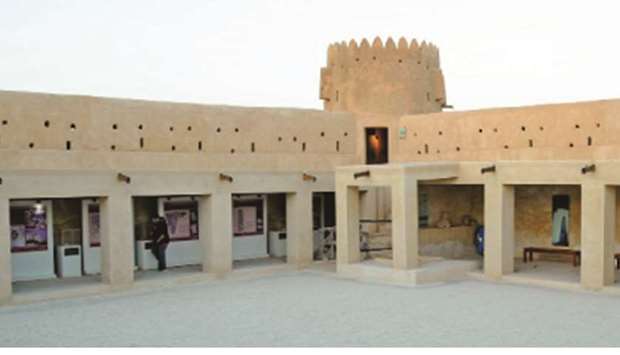Qatar’s largest heritage site, with its impressive city wall, ancient residential palaces and houses, markets, industrial areas and mosques, Al Zubarah is one of the best-preserved examples of an 18th and 19th century Gulf merchant town.
The cultural landscape of Al Zubarah unravels the socio-economic transformation of the land, and the history of urban trading and pearl-diving traditions that sustained the major coastal towns of the region – from the early Islamic period up to the 20th century. It is a prime example of the urban-planning capabilities of the time.
Once a thriving port bustling with fishermen and merchants, the town of Al Zubarah was designated a protected area in 2009. In 2013, the World Heritage Committee inscribed Al Zubarah Archaeological Site into the Unesco World Heritage List.
The site includes three major features, the largest of which are the archaeological remains of the town, dating back to the 1760s. Connected to it is the settlement of Qal’at Murair, which was fortified to protect the city’s inland wells. Al Zubarah Fort, one of the prime tourist attractions in Qatar, was built in 1938 and is the youngest, most prominent feature at the site.

Photo by Ramchandran Sreedharan


